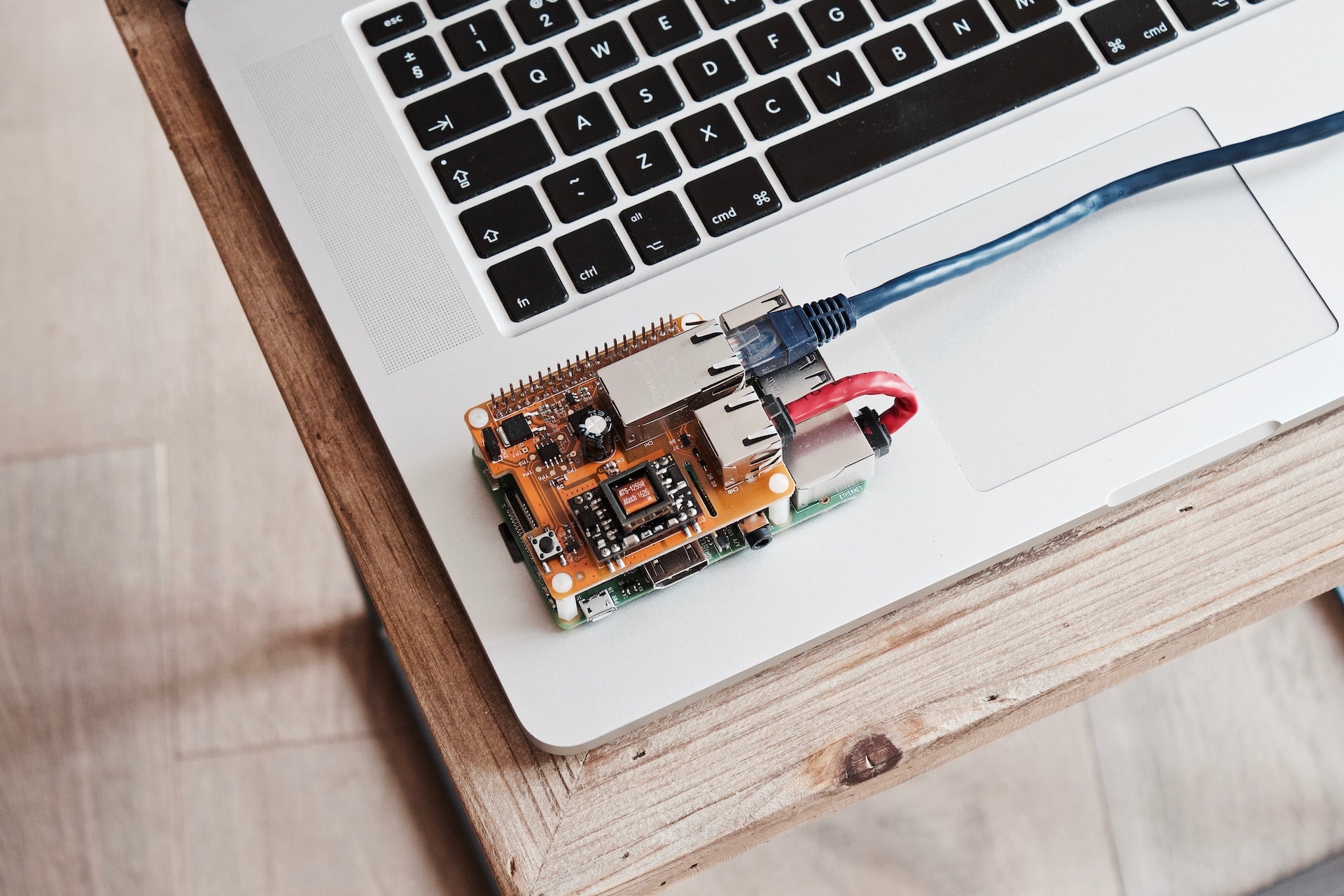
The evolution of High-Density Interconnects (HDI) in Printed Circuit Board (PCB) assembly has unlocked possibilities for creating more compact, powerful, and multifunctional electronic devices. However, working with HDI presents unique challenges that require innovative solutions to achieve optimal assembly results.
1. Miniaturization Complexity
The primary challenge in HDI assembly is the complexity arising from the miniaturization of components and circuitry. Dealing with finer pitch components, microvias, and smaller pad sizes demands highly precise assembly processes and advanced machinery.
2. Manufacturability and Yield Rates
HDI designs, with their multiple layers, intricate routing, and smaller features, pose manufacturability challenges. Achieving high yield rates while maintaining consistency in production becomes a significant concern due to the increased complexity.
3. Signal Integrity and Thermal Management
Maintaining signal integrity in high-speed and high-frequency applications becomes critical. Proper thermal management in densely packed assemblies is challenging due to limited space, potentially leading to thermal issues affecting performance.
1. Advanced Manufacturing Techniques
Utilizing state-of-the-art manufacturing techniques such as laser drilling, sequential lamination, and optimized plating processes improves the precision and reliability of HDI PCBs. Laser drilling offers finer microvias, enhancing density without compromising quality.
2. Advanced Inspection and Testing
Implementing advanced inspection technologies like Automated Optical Inspection (AOI) and X-ray inspection helps identify defects in microvias, trace routing, and solder joints. Robust testing ensures early detection of potential issues, improving overall yield rates.
3. Optimized Material Selection
Selecting appropriate materials, including high-performance laminates and high-thermal conductivity substrates, helps manage thermal issues in high-density assemblies. Materials engineered for higher reliability and performance enhance the functionality of HDI PCBs.
4. Process Optimization and Expertise
Optimizing assembly processes, including precise stencil design for solder paste application and fine-tuning reflow profiles, ensures consistency and reliability. Skilled technicians and engineers with expertise in HDI assembly play a crucial role in achieving successful outcomes.
The demand for more compact and feature-rich electronic devices continues to drive advancements in HDI technology. Future trends indicate further integration of HDI with emerging technologies like 5G, IoT, and wearables, fostering innovation and pushing the boundaries of what's achievable in electronics.
High-Density Interconnects (HDI) have revolutionized PCB assembly, enabling smaller, more powerful devices. Overcoming challenges in HDI assembly requires a combination of advanced manufacturing techniques, meticulous process optimization, and expertise in handling intricate designs. Addressing these challenges paves the way for continued advancements, ensuring that HDI technology remains at the forefront of innovation in electronics manufacturing.